Navigating the complexities of business taxes can be daunting for small business owners. Understanding the tax bracket for small businesses is crucial for effective tax planning and compliance. This guide will delve into the various aspects of small business taxes, including federal income taxes, corporate income tax, payroll taxes, and more.

Business Structure and Taxes
The business structure you choose affects how your business income is taxed.
Sole Proprietorships
In a sole proprietorship, the business income is reported on the owner’s personal tax return. The owner pays personal income taxes on the business profits.
Partnerships
Partnerships are pass-through entities where the income is distributed to the partners, who then report it on their personal tax returns.
S Corporations
S corporations are also pass-through entities, but they offer additional tax benefits, such as avoiding double taxation on dividends.
C Corporations
C corporations are subject to double taxation, where the income is taxed at the corporate level and again at the shareholder level on dividends.
Limited Liability Companies (LLCs)
LLCs can choose to be taxed as a sole proprietorship, partnership, S corporation, or C corporation, providing flexibility in tax planning.
Small Business Tax Brackets
Small business taxes are calculated as a percentage of your business earnings, and in the United States, this rate varies depending on your business structure. Since 2018, under the JOBS Act, corporations (C Corps) pay a flat 21% tax rate. However, most small businesses are structured as pass-through entities, such as sole proprietorships, partnerships, and S corporations. These entities report their income on the business owner’s individual tax returns and are taxed according to individual income tax rates.
As a result, the tax rate for these businesses aligns with the owner’s personal income tax bracket, which ranges from 10% to 37% based on the total personal income.
- Corporation (C Corp): 21% Flat Rate
- Sole Proprietorships: 10%–37%
- Partnerships: 10%–37%
- Limited Liability Companies (LLCs): 10%–37%
- S Corporations: 10%–37%

Payroll Taxes for Small Businesses
Payroll taxes are another critical area for small business owners. These taxes include Social Security and Medicare taxes, collectively known as FICA taxes.
FICA Taxes
FICA taxes are split between the employer and the employee, with each paying 7.65% of the employee’s wages (6.2% for Social Security and 1.45% for Medicare). Employers are responsible for withholding these amounts from employees’ paychecks and making matching contributions.
Self-Employment Taxes
For self-employed individuals, including sole proprietors and partners, self-employment taxes cover both the employer and employee portions of FICA taxes. This amounts to 15.3% of net earnings (12.4% for Social Security and 2.9% for Medicare).
Other Taxes Small Businesses Pay
In addition to federal income taxes and payroll taxes, small businesses may be subject to several other types of taxes.
State Income Taxes
Most states impose an income tax on business income. The rates and rules vary by state, so it’s essential for small business owners to understand their specific state tax obligations.
Property Taxes
Small businesses that own real estate or tangible personal property may need to pay property taxes. These are typically assessed by local governments based on the value of the property.
Sales Taxes
If your business sells goods or certain services, you may be required to collect and remit sales taxes. The rates and regulations for sales taxes vary by state and locality.
Excise Taxes
Certain businesses, such as those selling alcohol, tobacco, or gasoline, may need to pay excise taxes. These are specific taxes on the sale or use of particular products.
Foreign Business Dealings
For a U.S.-based company with global operations, you must pay federal and local income taxes. Additionally, it’s crucial to be aware of the global tax requirements for each country where you ship goods or provide services. Ensure you understand the tax burdens in these countries. If you’re a non-resident conducting business in the United States, your income will be taxed at a flat 30% rate.
Ecommerce Business Taxes
As an ecommerce business owner, you likely conduct operations across state lines and internationally. It’s essential to understand the tax regulations for the areas you ship products to or provide services in. For instance, if you ship products to Florida, you’ll need to pay Florida’s sales taxes.
Business Tax Deductions and Credits
Small businesses can take advantage of various tax deductions and credits to reduce their taxable income and overall tax burden.
Business Expenses
Ordinary and necessary business expenses can be deducted from your business income. These may include rent, utilities, salaries, and office supplies.
Qualified Business Income Deduction
The qualified business income (QBI) deduction allows eligible pass-through entities to deduct up to 20% of their business income, subject to certain limitations.
Tax Credits
Tax credits directly reduce the amount of tax owed. Examples include the Research and Development (R&D) Tax Credit and the Work Opportunity Tax Credit.
Business Tax Filing Do’s and Don’ts
When preparing and filing your business taxes, it’s essential to follow certain best practices while avoiding common pitfalls. Here are some key do’s and don’ts to consider:
Do’s:
- File on Time: Avoid IRS penalties by ensuring your taxes are filed by the deadline.
- Keep Track: Maintain accurate financial records throughout the year to avoid last-minute stress.
- Be Accurate: Ensure all deductions are correct to avoid penalties; accurate write-offs can reduce your tax burden.
- Reduce Your Burden: Utilize all eligible deductions to lower your business’s tax liability.
Don’ts:
- Use Round Numbers: Always report exact amounts on tax documents; accuracy to the penny is crucial.
- Wait Until Year-End: Manage your accounting continuously throughout the year to ensure records are always up to date.

Conclusion
Understanding the tax bracket for small businesses and the various tax obligations is crucial for effective tax planning and compliance. Small business owners must be aware of the different types of taxes, including federal income taxes, payroll taxes, and other business-specific taxes. By taking advantage of tax deductions and credits, maintaining accurate records, and making timely estimated tax payments, you can manage your tax liabilities and focus on growing your business.
Navigating the landscape of small business taxes requires a solid understanding of taxable income, tax rates, and the impact of your business structure. Whether you’re a sole proprietor, partner, S corporation shareholder, or owner of a C corporation, staying informed and proactive in your tax planning will help ensure your business remains compliant and financially healthy.








































